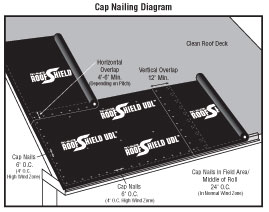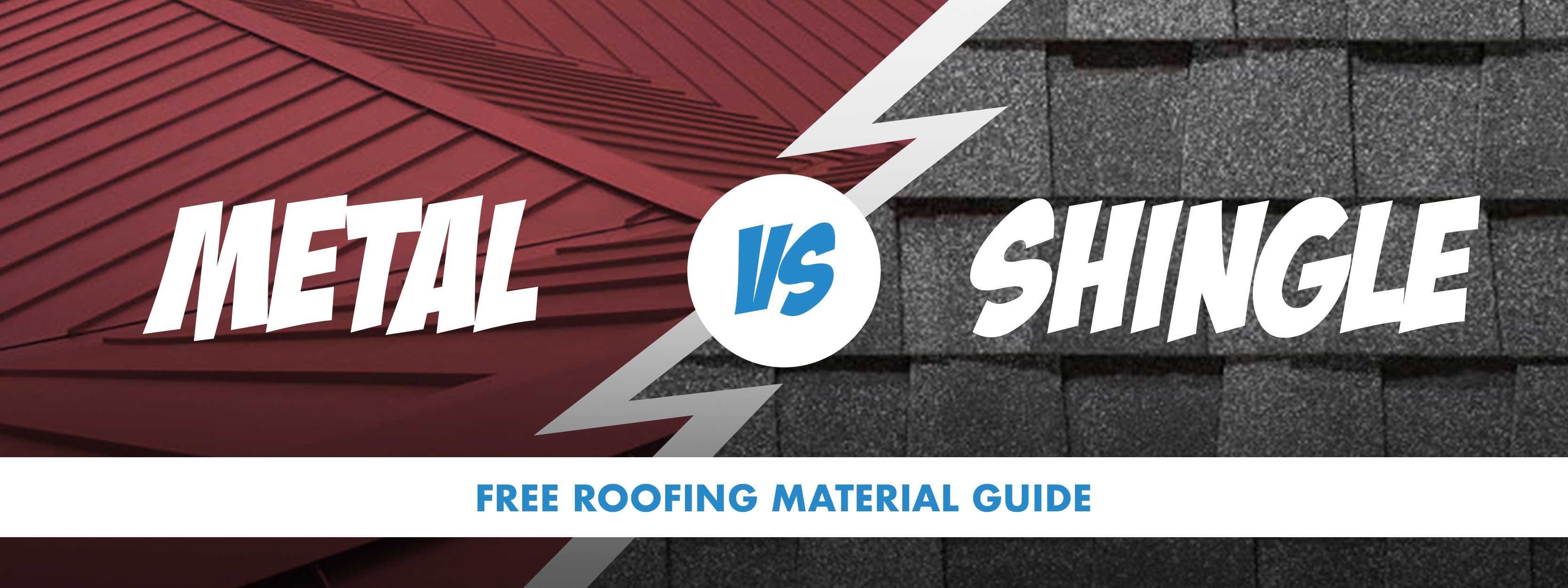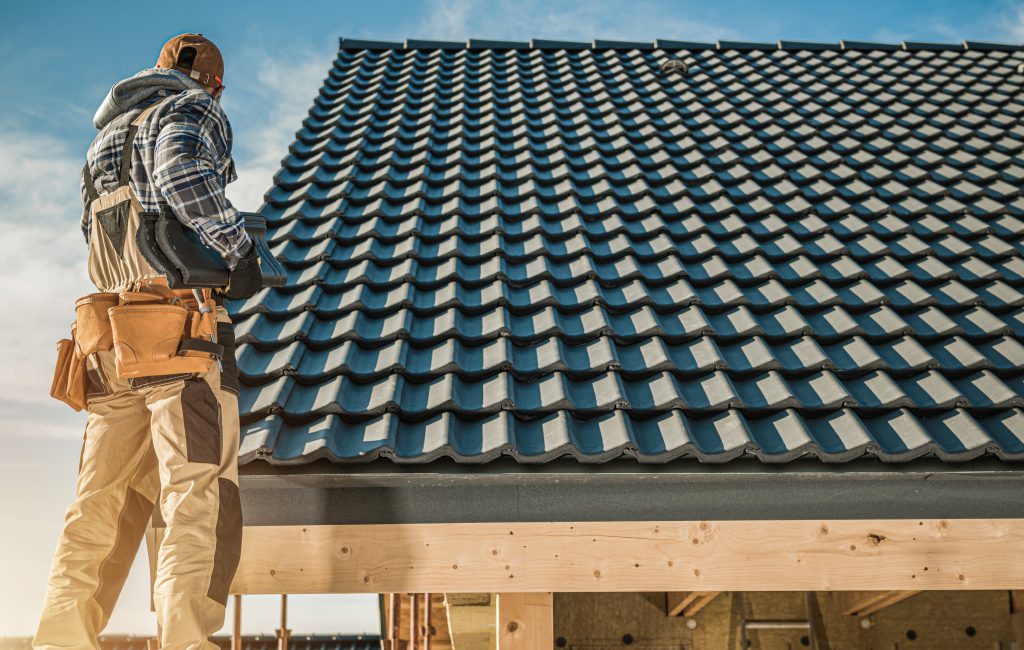Proper Underlay For Metal Roof

There are several types of felt underlayment including both organic reinforced and inorganic reinforced.
Proper underlay for metal roof. When the metal is eventually replaced roofs without plywood underlayment require the insulation to be replaced or repaired because it is attached to the metal. Underlayment in high wind areas i e where wind speeds are 110 mph or greater must be secured with corrosion resistant fasteners spaced no more than 36 inches apart. On most projects there are two types of underlayments. Let s take a look at the most common types of metal roofs for houses.
When installing a self adhered underlayment start at the lowest part of the roof deck and install valley conditions first. Start by unrolling a 10 to 15 foot piece of membrane leaving the release liner in place. Roof slopes greater than 4 12 require only one layer of underlayment. First two underlayment layers.
Overhang the roof rake edge 1 5 and cover the underlayment with a metal rake edge trim. The underlayment should then be cut to a length that can be easily managed. Often the material used is not actually tin but galvanized steel or aluminum. Peel back about 6 inches of the release liner in the opposite.
Installing the correct underlayments for your metal roof project the right stuff taking care of your building envelope. Synthetic roofing underlayment is to be laid horizontally parallel to eave with printed anti slip side up starting at the bottom of the lowest roof eave with a 1 5 underlayment overhang at the eave covering the pre installed eave drip edge. The roof is an important element of the building envelope. Spacing of furring strips for metal roof when installing a metal roof over an existing roof insulate the spaces between the wood strips with rigid insulation to prevent condensation before.
Carefully cut the release liner on top of the roll in the cross direction being careful not to cut the membrane. Underlayment must also act as a secondary weather barrier in case the roof fails. The best underlayment for metal roofs the first goal of roofing underlayment is to keep the roof deck dry before installation of the metal roofing material. Align the membrane and roll in.
Lay the underlayment flat in place with the print side up. Traditionally metal roofs have used standard 30 pound felt paper underlayment. An affordable option and easier to lay than shingles tin is the most commonly used type of metal roofing. Modern metal roofs are expected to last 30 years or longer.
Allow for about 3 inch side laps and 6 inch end laps.













































